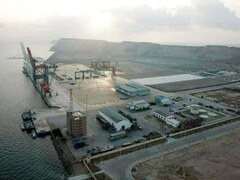MUMBAI: Indian mills produced 11.21 million metric tons of sugar between Oct. 1 and Dec. 31, down 7.6% from the previous year, on lower production in key producing states Maharashtra and Karnataka, a leading industry body said on Tuesday.
Maharashtra’s sugar production fell to 3.82 million tons from 4.74 million, while Karnataka’s production dropped 10.1% to 2.4 million tons, the National Federation of Cooperative Sugar Factories said in a statement.
Production in the northern state of Uttar Pradesh rose 12.5% to 3.5 million tons as mills started operations early, it said. India’s sugar output this crop year, hit by weak rains, is set to lag consumption for the first time in seven years, according to traders and a survey of farmers, and lower plantings may even force the world’s No.2 producer to import the following year.






















Comments
Comments are closed.